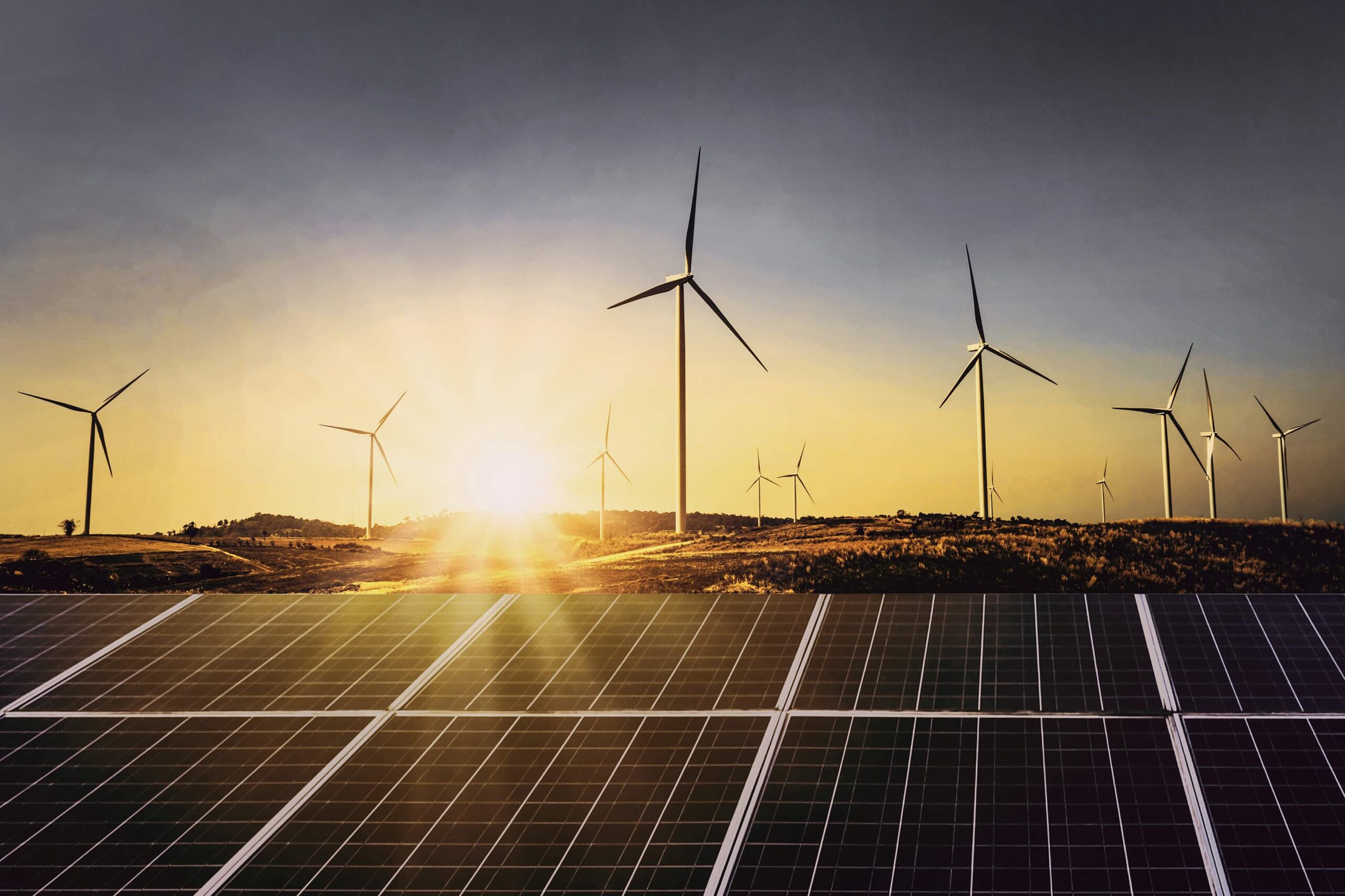The global energy sector in 2024 is characterized by a mix of significant progress and persistent challenges. Investments and technological advancements reflect a growing commitment to sustainability, but logistical and economic barriers highlight the complexity of transitioning to a fully green energy economy.
Rising Investments and Policy Support
Global investments in renewable energy have reached new heights, exceeding $1.8 trillion in 2024, driven by a combination of emissions-reduction goals, energy security concerns, and industrial strategies to dominate clean energy markets. China leads this transition with $680 billion in clean energy investments, followed by the European Union at $370 billion and the United States at $300 billion (McKinsey, 2024; IEA, 2024).
The United States’ Inflation Reduction Act (IRA) has catalyzed a remarkable expansion of domestic clean energy manufacturing. Over 113 new manufacturing facilities have been announced since 2022, with investments totaling $421 billion. This surge underscores a shift in policy and market dynamics, complemented by ambitious state-level initiatives like Minnesota’s and Michigan’s 100% clean electricity standards (World Resources Institute, 2024).
Technological Progress and Emerging Trends
Battery storage continues to expand, with global investments projected to surpass $50 billion in 2024. This growth supports the integration of variable renewable energy sources such as wind and solar into grids, stabilizing power supply. Solar module prices have declined due to improved supply chain efficiency, enabling the completion of delayed projects. Additionally, nuclear energy investment is expected to rise to $80 billion, signaling renewed interest in this zero-emission energy source (IEA, 2024; World Resources Institute, 2024).
Electrification of transportation is another major trend, with investment in electric vehicles and supporting infrastructure reaching new highs. EV adoption is driving unprecedented growth in clean energy demand, further enhancing the case for renewable energy systems (IEA, 2024).
Challenges in the Transition
Despite these advancements, significant hurdles remain. Grid infrastructure is a major bottleneck, with transmission and distribution systems requiring a threefold investment increase by 2050 to accommodate growing renewable energy capacity. Current underinvestment, regulatory delays, and labor shortages have led to grid congestion, delaying the connection of new renewable energy projects (McKinsey, 2024; IEA, 2024).
Interest rate hikes have also increased the cost of capital, making clean energy projects more expensive to finance. Supply chain disruptions—particularly for transformers and other critical grid components—have prolonged project timelines, slowing renewable deployment rates. These challenges have been particularly acute in offshore wind projects, where delays and cancellations have undermined growth (World Resources Institute, 2024; IEA, 2024).
Regional and Sectoral Disparities
The transition to green energy remains uneven globally. Advanced economies dominate investments in renewables and associated technologies, while developing nations struggle to attract sufficient funding. For instance, in 2023, every dollar spent on battery storage in developed markets corresponded to just one cent in emerging markets (IEA, 2024).
Offshore wind, while promising, faces cost and regulatory hurdles. Onshore wind and solar projects, though more mature, also vary widely in deployment rates based on regional policy support and market conditions. These disparities highlight the need for equitable investment strategies and international cooperation to ensure an inclusive transition (McKinsey, 2024; IEA, 2024).
Path Forward
Addressing systemic barriers while leveraging technological and policy innovations is essential to advance the energy transition. Key strategies include:
- Grid Expansion and Modernization: Building resilient transmission systems to connect renewable energy sources efficiently.
- Supply Chain Resilience: Enhancing global supply chain robustness to prevent delays in critical components.
- Policy and Market Coordination: Harmonizing regulatory frameworks to reduce bottlenecks and streamline project approvals.
In 2024, the renewable energy sector stands at a crossroads. While significant achievements underscore the viability of a green future, overcoming current challenges requires sustained commitment from governments, industries, and communities worldwide.

